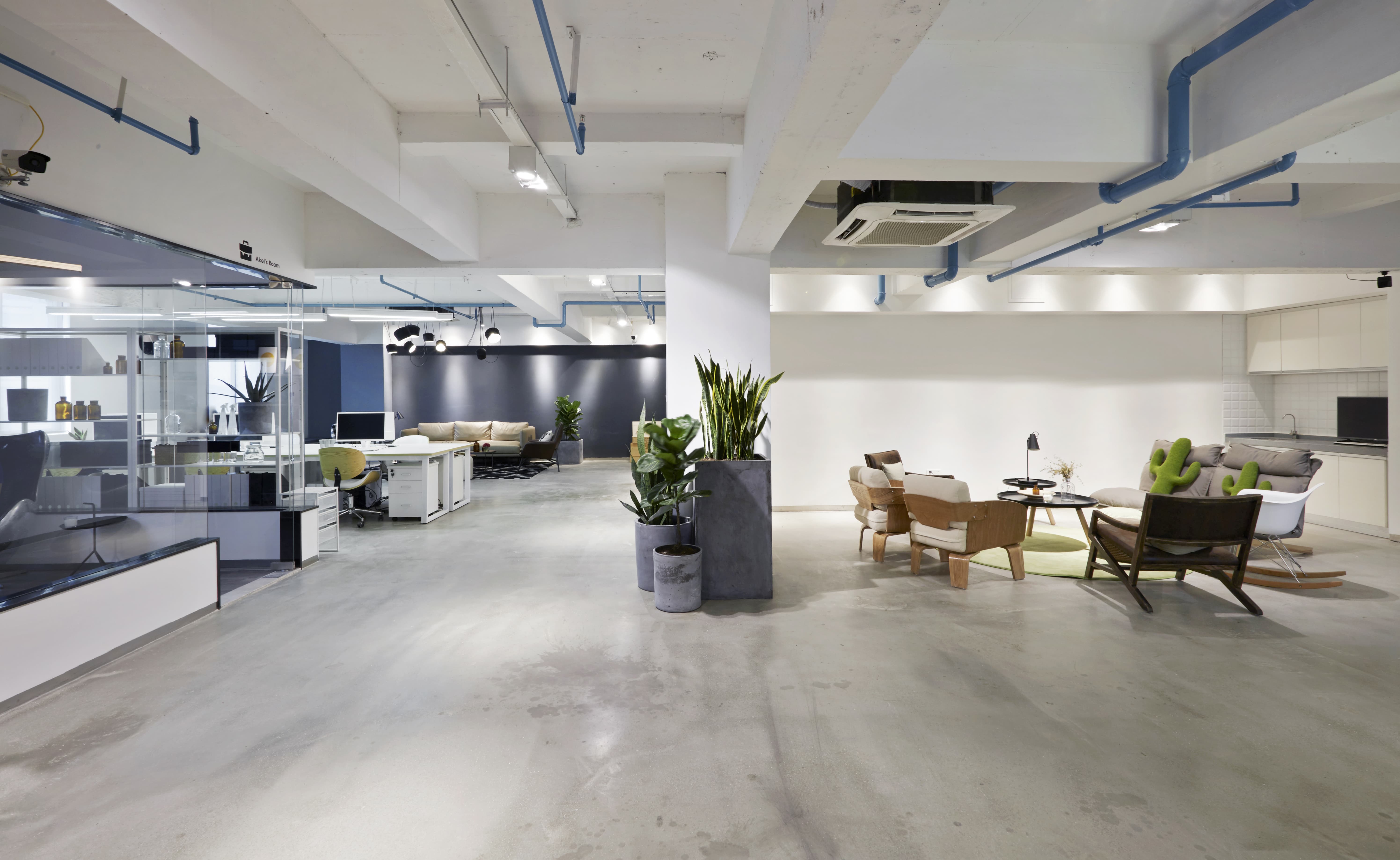As organizations return to in-office work, many are unsure how best to facilitate the transition; not just to in-office work but to providing employees the option to adopt a hybrid model and work remotely part of the time.
With some workers only in the office a few days a week, spaces need to adapt to provide the best possible experience for when workers are present. Luckily, new technology and thoughtful design that specifically target a move to hybrid work structures are flooding the market.
Information abounds on maximizing space and designing to benefit all workers, whether in the office or not. The key to hybrid work is flexibility, and office designs can incorporate this movement with just a few small tweaks.
The Pillars of Hybrid Office Design
Critical to making a hybrid workplace work for you is understanding the role the office plays in the new office structure. While there are many methods to maximize productivity, flexibility, collaboration and engagement for in-office work, here are some vital components of hybrid office design:
Collaborative zones: Designate specific areas within the office for collaborative work, brainstorming and team meetings. Incorporate moveable furniture, whiteboards and digital collaboration tools to facilitate interactive discussions. Ensure these zones have proper acoustics and privacy considerations to minimize distractions and create an environment conducive to collaboration. Nowhere is this element more important than coworking spaces, which Truspace used in spades for Workhaus, a coworking space in Calgary, Alberta. Delivering on this important priority, booth seating as well as higher and lower tables were installed to facilitate networking and interaction, helping establish the collaborative zones so imperative to the overall culture.
Tech-enabled spaces: The hybrid office thrives on technology. Organizations bringing people back to the office in a hybrid model will need to consider what technology they are currently using, how it worked for them during the pandemic, and identify any additional investments they’ll need to make to support workers. Depending on your organization, it may be that you need better video conferencing technology or better spaces to support those video conferences. Virtual whiteboards and moveable acoustic screens are just some examples of the tools that can support these meetings.
Assess space utilization: Evaluate how your current office space is being utilized and identify areas that can be repurposed or redesigned to meet the needs of hybrid work. Consider the balance between individual workstations, collaboration zones, meeting rooms and communal areas. Ensure the allocation of space aligns with the expected frequency and nature of in-person interactions. At Baker Tilly’s new office space, this strategy was key to the overall design. Since it’s not uncommon to work in multidisciplinary teams, Truspace delivered on the difficult challenge of weaving in an environment supportive of communication, while striking the right balance of private offices. Turning this vision into reality meant creating open spaces filled with natural light, encouraging partnership and camaraderie among the team.
Nature-inspired design: Bringing in natural elements such as light and windows where possible, plants and open spaces should form part of any office design.
Flexible workspaces: Provide employees with the flexibility to choose their workstations based on their tasks and preferences. Introduce height-adjustable desks and ergonomic chairs to promote comfort and support employee well-being. Implement modular furniture solutions that can be easily reconfigured to adapt to changing needs and accommodate various work styles.
Remember, the age of the 'one-size-fits-all' workspace is over. Today, it's about understanding diverse needs and meeting them through purpose-driven design.
Making a Smooth Transition To Hybrid Workspaces
From flexible access to meeting space and breakout rooms, to fast, efficient and seamless ways to book a hot desk, designing for hybrid offices means anticipating the hybrid work context.
Understanding how best to leverage this new structure is essential to its successful implementation and ensuring design aligns with working requirements will be key to productivity.
Here’s how to ensure a smooth transition:
- Engage Employees: Involve your team in the design process. Understand their preferred work patterns and craft spaces accordingly.
- Iterate and Adapt: Introduce changes incrementally and be ready to adjust. With the hybrid model, adaptability is paramount.
- Feedback is Gold: Encourage continuous feedback and be ready to evolve. In the realm of hybrid work, design can, and should, be dynamic.
- Stay Current: The world of design is evolving. Be open to integrating new products and technologies that can enhance productivity.
- Foster Community: Offices are no longer just about work. They are community hubs where collaboration and connection take center stage, especially as remote work reduces daily physical interactions.
Working for Everyone: The New Hybrid Office
Visualizing a hybrid workspace that caters to your team's diverse needs is vital for fostering productivity and retaining talent. By focusing on design elements that promote collaboration and adaptability, your hybrid office can be a haven for both remote and in-person team members.
The hybrid model offers a win-win: employees get the flexibility they crave, and organizations benefit from in-person interactions when necessary. The secret to success lies in design nuances — how you use every square foot matters.
Considering the transition to a hybrid setup? Need to reoptimize your existing hybrid space? Contact Truspace's office design experts today, and let's co-create a workspace where the hybrid model thrives.

.jpg)

.jpg)